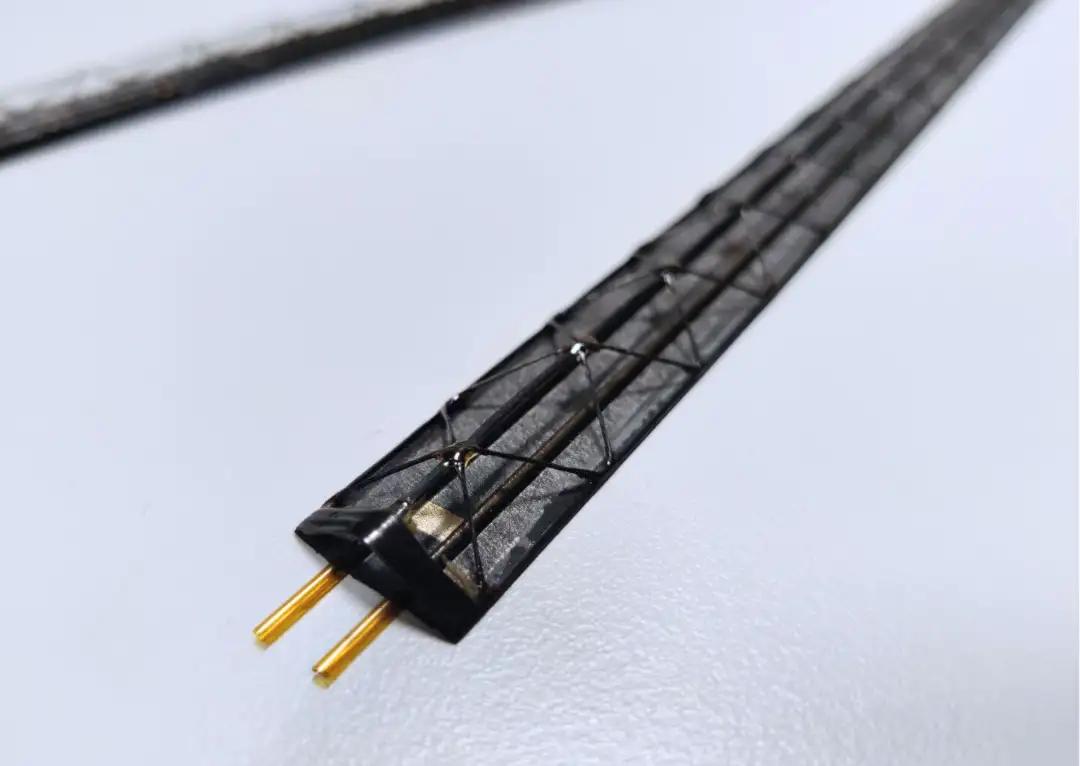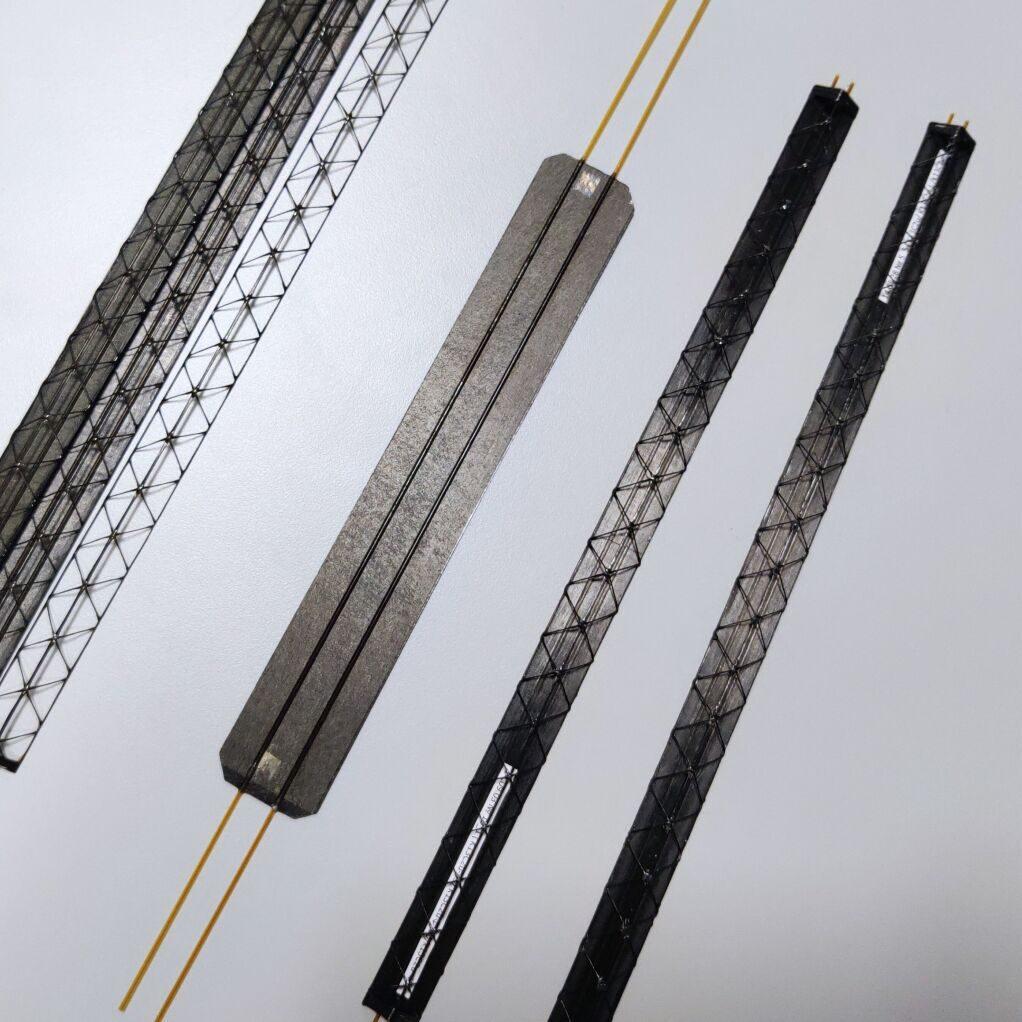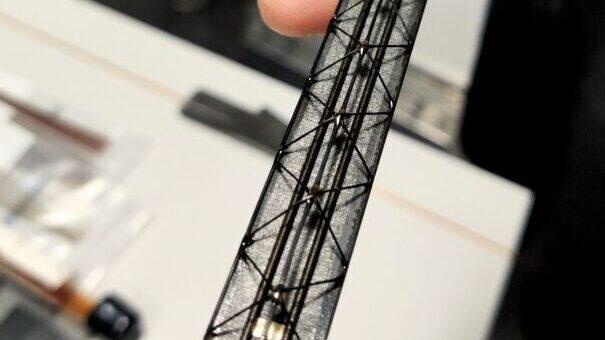Ultralight Cold Plate
Ultralight Cold Plate (UCP) can be used for the cooling of power dissipating elements, based on micro-macro vascular pipes embedded in high thermal conductive carbon substrate.

The UCP was developed for sensors and chips thermal management of the new Inner Tracking System.
The UCP is made of a high thermal conductivity carbon plate, embedding ultralight polyimide cooling pipes. Different carbon materials are laid-up in the plate thickness to enhance thermal performance and guarantee structure integrity. The dissipating elements that need to be cooled down are in thermal contact with the UCP through glue or thermal interface materials. The heat is transferred from the dissipating elements into the cooling pipes by the carbon substrate and is removed by the coolant flowing in the pipes. Several coolants have been used, from single phase liquid (water) to two-phase evaporative (C4F10), and different ones are being tested (CO2).
The UCP has fully been developed at CERN for sensors/chips thermal management of the new Inner Tracking System (ITS) that has been installed in the ALICE experiment in 2022.
The UCP technology can have many applications in high-energy physics, cryogenics and drug production.
The technology is unique because of its offering. First of all, no similar technologies are present in the market. Second, the UCP offers unique cooling performance and minimum material thickness and weight. Third, the resin system for the CFRP is cyanate ester resin, which is preferable to epoxy resin for its low humidity absorption and better dimensional stability in time. The choice of the material for the cooling pipes embedded in the structure is driven by the requirement of low material budget, high thermal conductivity, and radiation hardness. Finally, in the UCP, the pipes are always embedded in the carbon structure and never directly exposed. In this way their intrinsic fragility and tendency to pinch and buckle under localised load does not affect their use.

